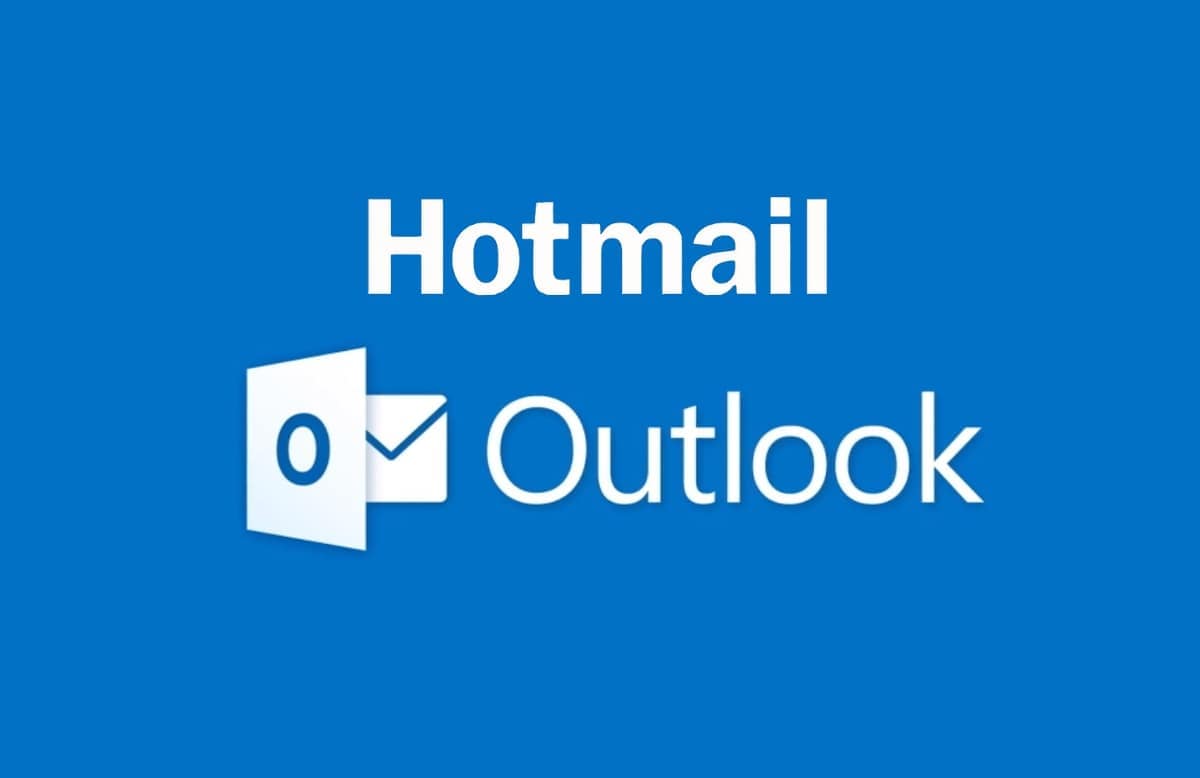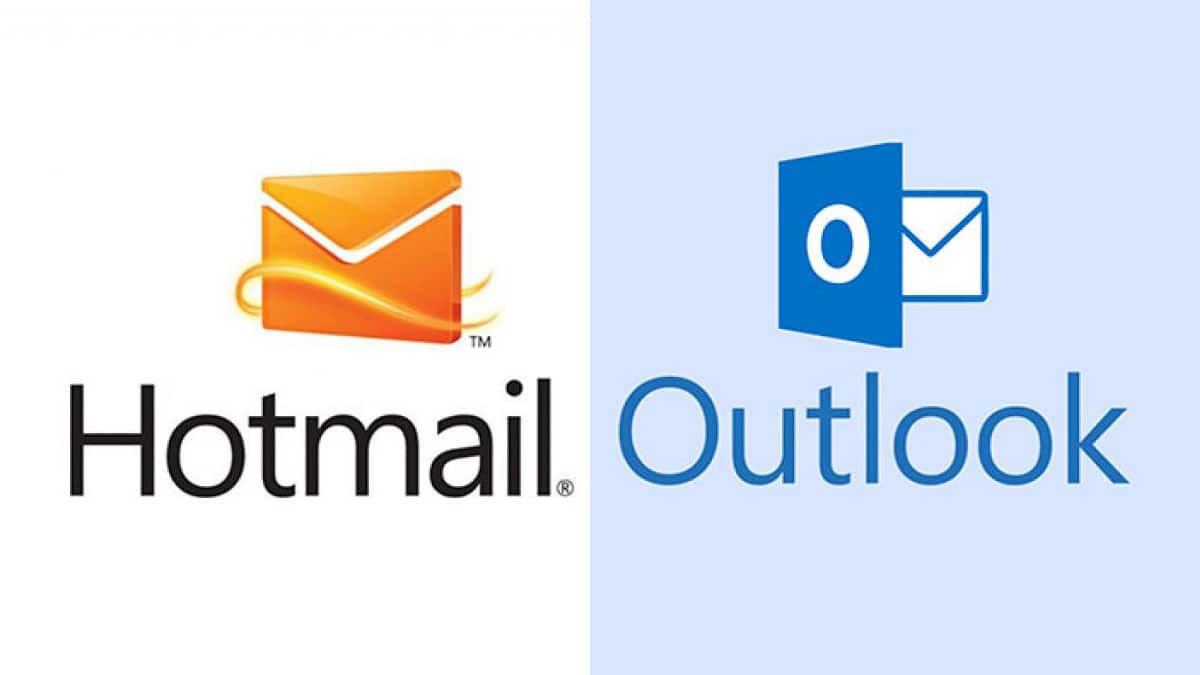Managing your email can feel like a big job, can't it? Many of us have several email addresses, and keeping track of messages, contacts, and calendars across different platforms is that, sometimes, a bit of a challenge. You might use Hotmail, which is now part of the Outlook.com family, for personal messages or maybe even for work. It's a free service, you know, offering email and calendar tools, plus access to handy online apps like Word, Excel, and PowerPoint, as mentioned when you sign in to your outlook.com, hotmail.com, msn.com or live.com account.
While webmail is pretty convenient, a lot of people still find a dedicated desktop email program offers a more streamlined way to handle their communications. That's where something like Mozilla Thunderbird comes in, apparently. It's a popular choice for those looking to bring all their email accounts together in one spot, like Gmail, Yahoo, and iCloud, too. This can make your daily routine a little simpler, giving you a central place to check everything.
So, if you've been wondering how to get your Hotmail (or Outlook.com) messages showing up right on your computer screen through a program, you're in the right place. We'll explore why connecting Hotmail and Thunderbird could be a really smart move for you. It's about making your email life easier and, honestly, more organized, which is something many of us are always trying to do.
Table of Contents
- Why Link Hotmail with Thunderbird?
- Getting Started: Preparing Your Hotmail Account
- Adding Your Hotmail Account to Thunderbird
- Troubleshooting Common Hotmail and Thunderbird Issues
- Making the Most of Thunderbird with Your Hotmail
- The Outlook.com Evolution and Thunderbird Compatibility
- Frequently Asked Questions About Hotmail and Thunderbird
- Wrapping Things Up
Why Link Hotmail with Thunderbird?
You might be asking yourself, why bother with a desktop app when Hotmail, or rather Outlook.com, works just fine in your web browser? Well, there are some pretty good reasons, actually, why people choose to connect their Hotmail account with a program like Thunderbird. For one thing, a desktop client can give you a more consistent experience, no matter which email service you use. It's like having a single control panel for all your messages.
One big benefit is having all your email accounts in one place. You can, like, download the free desktop and mobile app to connect all your email accounts, including Gmail, Yahoo, and iCloud, as some people find very useful. This means less jumping between browser tabs or different apps. It can save you time and, in a way, reduce digital clutter, which is something we all appreciate.
Another point to think about is offline access. If you're somewhere without internet, or your connection is a bit spotty, you can still read and even compose emails in Thunderbird. They'll just send once you're back online, you know? This can be really handy for people who travel or just prefer to work without distractions. Plus, some people feel they have more control over their data when it's stored on their own computer, which is a fair point.
Getting Started: Preparing Your Hotmail Account
Before you can get your Hotmail account working smoothly with Thunderbird, there's usually a small step you might need to take within your Hotmail (Outlook.com) settings. Microsoft, which owns Hotmail, has pretty strong security measures, and sometimes these need a little adjustment to allow external apps to connect. It's nothing too complicated, just a quick check, you know, to make sure everything lines up.
First, you'll want to sign in to your outlook.com, hotmail.com, msn.com or live.com account through your web browser. Once you're in, you'll need to look for settings related to IMAP or POP access. These are the technical ways that email programs talk to your email server. For most modern connections, IMAP is usually the better choice, as it keeps your emails synced across all devices, so if you read something on your phone, it shows as read in Thunderbird, too.
Sometimes, you might also need to generate an "app password" or allow "less secure apps" if that option is still around. Microsoft has been tightening security, so an app password is a more common step now. This is a special password that you use only for Thunderbird, rather than your main account password, which is a good security practice, honestly. It helps keep your main account safe, even if something happens to the app password.
Adding Your Hotmail Account to Thunderbird
Once your Hotmail account is ready, adding it to Thunderbird is a pretty straightforward process, actually. Thunderbird is designed to be user-friendly, and it often tries to figure out the right settings for you automatically. So, you don't usually need to be a tech expert to get this done, which is good news for many people, you know.
To begin, open Thunderbird on your computer. If it's your first time using it, you'll likely see a prompt to set up an email account right away. If you already have other accounts, you can usually find an option in the menu, perhaps under "File" or "Tools," that says something like "New Account" or "Account Settings." It's generally easy to spot, like, where you'd expect it to be.
When prompted, you'll enter your name (how you want it to appear on outgoing emails), your Hotmail email address (like your hotmail.com or outlook.com address), and the password you use for that account, or the app password if you created one. Thunderbird will then try to automatically find the server settings for you. Most of the time, this works perfectly, and it will set up your account using IMAP, which is what you want for syncing. If it asks, remember that you can sign in to access your outlook, hotmail or live email account directly through the web, but this is about bringing it to your desktop.
If for some reason the automatic setup doesn't work, which is pretty rare these days, you might need to manually enter the server details. These are usually things like "imap-mail.outlook.com" for incoming mail and "smtp-mail.outlook.com" for outgoing mail, along with specific port numbers and security types. A quick search for "Outlook.com IMAP settings" will usually give you the exact details you need, so it's not a huge hurdle, honestly.
After you've entered the information, Thunderbird will test the connection. If everything looks good, your Hotmail account will appear in the left-hand panel, and your emails will start downloading. It's a pretty satisfying moment, seeing all your messages appear in one place, you know, just like that.
Troubleshooting Common Hotmail and Thunderbird Issues
Even with the best intentions, sometimes things don't go perfectly the first time, right? If you run into a snag while connecting your Hotmail account to Thunderbird, don't worry, it's pretty common. There are a few usual suspects when it comes to connection problems, and they're usually easy to fix, you know, with a little patience.
One of the most frequent issues is incorrect password or authentication problems. Double-check that you're using the correct password. If you set up an app password for your Hotmail account, make sure you're using that specific password in Thunderbird, not your regular Hotmail login. Sometimes, too, your Hotmail account might temporarily block a new login attempt from an unfamiliar location or app as a security measure. You might need to sign in to your outlook.com account in a web browser and confirm that it was you trying to connect, which is a fairly common security step these days.
Another thing to look at is the server settings. While Thunderbird usually finds these automatically, a slight typo in the server address or port number can stop everything from working. Verify that the incoming (IMAP) and outgoing (SMTP) server addresses, port numbers, and security settings (like SSL/TLS) are exactly right for Outlook.com. You can often find these details on Microsoft's support pages, or just by searching for "Outlook.com IMAP settings." It's a bit like checking the address on an envelope, you know, it has to be just right.
Firewall or antivirus software can also sometimes block Thunderbird from connecting to the internet or the email servers. If you've checked everything else, try temporarily disabling your firewall or antivirus to see if that's the problem. If it works, you'll need to add Thunderbird as an exception in your security software, which is a pretty simple process, honestly. This ensures that your security tools don't accidentally get in the way of your email, which happens sometimes.
Making the Most of Thunderbird with Your Hotmail
Once your Hotmail account is happily connected to Thunderbird, you can start to really appreciate what a desktop email client offers. It's not just about getting your emails; it's about how you manage them, you know, and how much more productive you can be. Thunderbird has a lot of features that can help you organize your Hotmail messages in ways that webmail might not, which is a pretty neat thing.
For instance, Thunderbird offers powerful search capabilities. You can search across all your connected accounts, including your Hotmail, much faster than you might be able to in a web browser. This means finding that one email from ages ago, you know, is a lot less of a chore. You can also create smart folders that automatically gather emails based on certain criteria, like all messages from a specific sender or with a certain keyword, which is really helpful for keeping things tidy.
You can also customize Thunderbird's interface to suit your preferences. You can change how messages are displayed, add different columns of information, and even use add-ons or extensions to add new features. There are, like, tons of add-ons available that can do everything from blocking spam more effectively to integrating with other services. It's a bit like tailoring a suit, you know, you make it fit just right for you.
And remember, with Thunderbird, you're not just accessing your Hotmail email; you're also managing your Hotmail calendar. You can access free Outlook email and calendar, plus Office Online apps like Word, Excel, and PowerPoint through the web, but Thunderbird brings the calendar right to your desktop. This means you can see your appointments alongside your emails, which is pretty convenient for staying on top of your schedule. It really helps bring everything together, honestly, in one unified view.
The Outlook.com Evolution and Thunderbird Compatibility
It's worth remembering that Hotmail has changed quite a bit over the years. What started as Hotmail eventually evolved into Outlook.com, which is part of Microsoft's broader suite of services. When you sign in to your outlook.com, hotmail.com, msn.com or live.com account, you're essentially accessing the same underlying system. This evolution has generally been good for compatibility with email clients like Thunderbird, as Microsoft has adopted more standard protocols like IMAP, which is a very good thing for users, you know.
Because Outlook.com uses these standard protocols, Thunderbird can connect to it just like it connects to Gmail or any other major email service. This means you can download the free desktop and mobile app to connect all your email accounts, including Gmail, Yahoo, and iCloud, with Outlook.com fitting right in. The transition from Hotmail to Outlook.com actually made it easier for third-party applications to work seamlessly, which is a big win for flexibility.
So, when we talk about "Hotmail and Thunderbird," we're really talking about connecting your Outlook.com account to Thunderbird. The older "Hotmail" name is still widely used and recognized, but the technology behind it is now Outlook.com. This continuity means that the steps and troubleshooting tips we've discussed are very relevant today, which is pretty important for current users. You can still sign in to access your outlook, hotmail or live email account, and Thunderbird will handle it beautifully.
This compatibility also means that as Microsoft continues to update Outlook.com, Thunderbird is usually able to adapt. The open-source nature of Thunderbird means it gets regular updates from its community, which helps it stay current with changes from email providers. It's a bit like having a constantly improving tool, you know, always ready for the latest challenges. You can get free Outlook email and calendar, plus Office Online apps like Word, Excel and PowerPoint, and Thunderbird helps you manage the email and calendar part right from your desktop.
Frequently Asked Questions About Hotmail and Thunderbird
Can I use Thunderbird with my old Hotmail account?
Yes, absolutely! Your old Hotmail account has actually been upgraded to Outlook.com, which is the current service. Thunderbird is fully compatible with Outlook.com using standard protocols like IMAP. So, you can definitely sign in to your outlook.com, hotmail.com, msn.com or live.com account and set it up in Thunderbird without any issues, which is pretty convenient, honestly.
Do I need special settings to connect Hotmail to Thunderbird?
Usually, Thunderbird is smart enough to find the correct settings automatically when you enter your Hotmail (Outlook.com) email address and password. However, in some cases, you might need to manually input the IMAP and SMTP server details, or generate an app password from your Microsoft account settings. These details are generally available on Microsoft's support pages, so it's not a huge hurdle, you know, if you need them.
Will my Hotmail calendar sync with Thunderbird?
Yes, Thunderbird can sync with your Hotmail (Outlook.com) calendar. While the initial setup focuses on email, Thunderbird has calendar features that can connect to your Outlook.com calendar. This means you can access free Outlook email and calendar right from your desktop app, which is very helpful for keeping your schedule organized alongside your messages, you know, all in one place.
Wrapping Things Up
Bringing your Hotmail, or Outlook.com, email into Thunderbird can really change how you manage your daily communications. It offers a centralized spot for all your accounts, like Gmail and Yahoo, too, giving you a consistent experience and often more control over your messages. It's about making your email life simpler, and, honestly, more efficient. You can sign in to access your outlook, hotmail or live email account through Thunderbird, just like you would on the web.
By following these steps, you can set up your Hotmail account in Thunderbird and start enjoying the benefits of a powerful desktop email client today. It's a way to streamline your digital life and, you know, get more done. So, why not give it a try and see how much easier managing your email can be? You can visit the Mozilla Thunderbird official site to download the application and begin your setup process, too.
And remember, if you want to learn more about email management on our site, we have other helpful guides. You can also find more information on connecting different email services to desktop clients by exploring this page on our site, which might be pretty useful for you, honestly.



